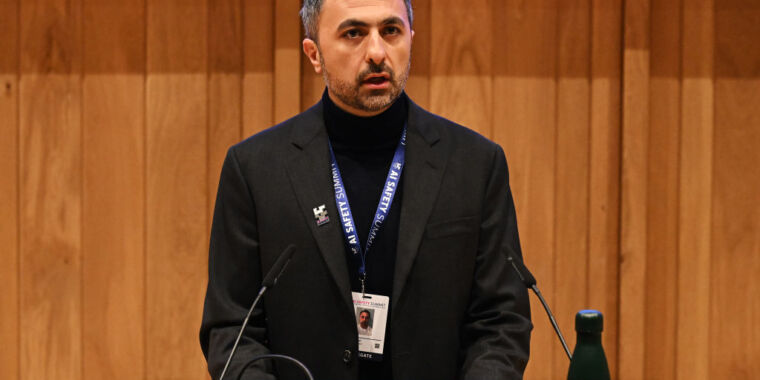The Impact of AI in Fact-Checking: A Deep Dive into Google’s DeepMind Research
A recent study conducted by Google’s DeepMind research unit has unveiled a groundbreaking discovery in the realm of artificial intelligence. The study reveals that an AI system, dubbed Search-Augmented Factuality Evaluator (SAFE), has displayed superior performance compared to human fact-checkers when assessing the accuracy of information generated by large language models.
The Methodology of SAFE
The research paper, titled “Long-form factuality in large language models” and published on the pre-print server arXiv, outlines the innovative approach taken by SAFE. This method leverages a large language model to deconstruct generated text into discrete facts. Subsequently, SAFE utilizes Google Search results to verify the accuracy of each individual claim.
According to the authors, SAFE employs a multi-step reasoning process that involves sending search queries to Google Search and scrutinizing the search results to verify the validity of each fact. This meticulous evaluation process sets SAFE apart as a highly effective tool for fact-checking.
Debating the Notion of ‘Superhuman’ Performance
During the study, SAFE was compared against human annotators on a dataset consisting of approximately 16,000 facts. Remarkably, SAFE’s assessments aligned with human ratings 72% of the time. Furthermore, in a subset of 100 disagreements between SAFE and human raters, SAFE’s judgment was proven accurate in 76% of cases.
Despite assertions in the research paper that “LLM agents can achieve superhuman rating performance,” some experts have raised questions regarding the definition of “superhuman” in this context. AI researcher, Gary Marcus, voiced concerns on Twitter, suggesting that the characterization of SAFE as “superhuman” may be misleading. Marcus emphasized the importance of benchmarking SAFE against expert human fact-checkers to provide a comprehensive assessment of its capabilities.
The study revealed that leveraging SAFE resulted in cost savings, with the AI system being approximately 20 times more cost-effective than employing human fact-checkers. As the volume of information generated by language models continues to escalate, the economic and scalable nature of SAFE’s fact-checking capabilities becomes increasingly valuable.
Ensuring Transparency and Accountability
While the code for SAFE and the LongFact dataset have been made available on GitHub for scrutiny by the research community, there is a call for greater transparency surrounding the human baselines utilized in the study. Understanding the qualifications and processes of the human raters involved is crucial for evaluating SAFE’s performance in a holistic context.
As technology companies race to develop advanced language models for diverse applications, the integration of automated fact-checking tools like SAFE plays a pivotal role in upholding trust and accountability. By fostering collaboration and transparency beyond organizational boundaries, the development of such significant technologies can be guided by diverse perspectives and rigorous benchmarks against human experts.
Image/Photo credit: source url





